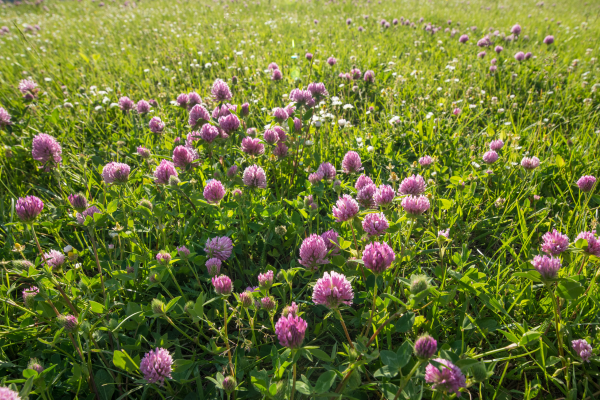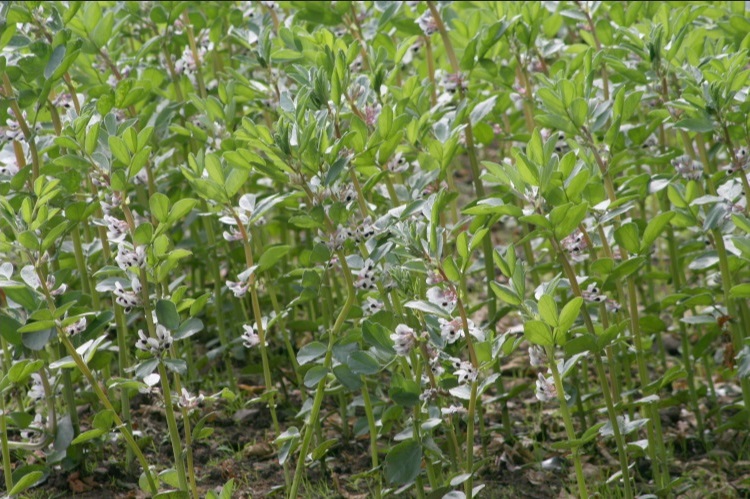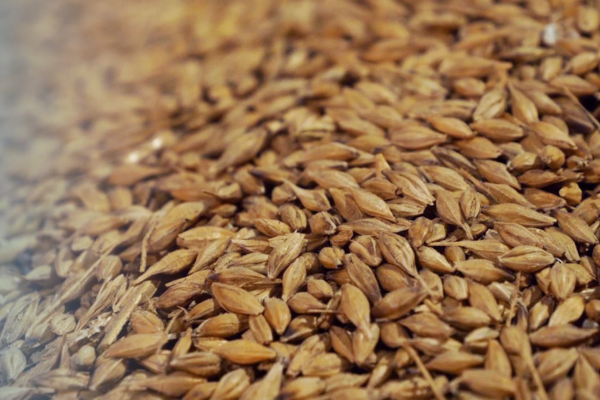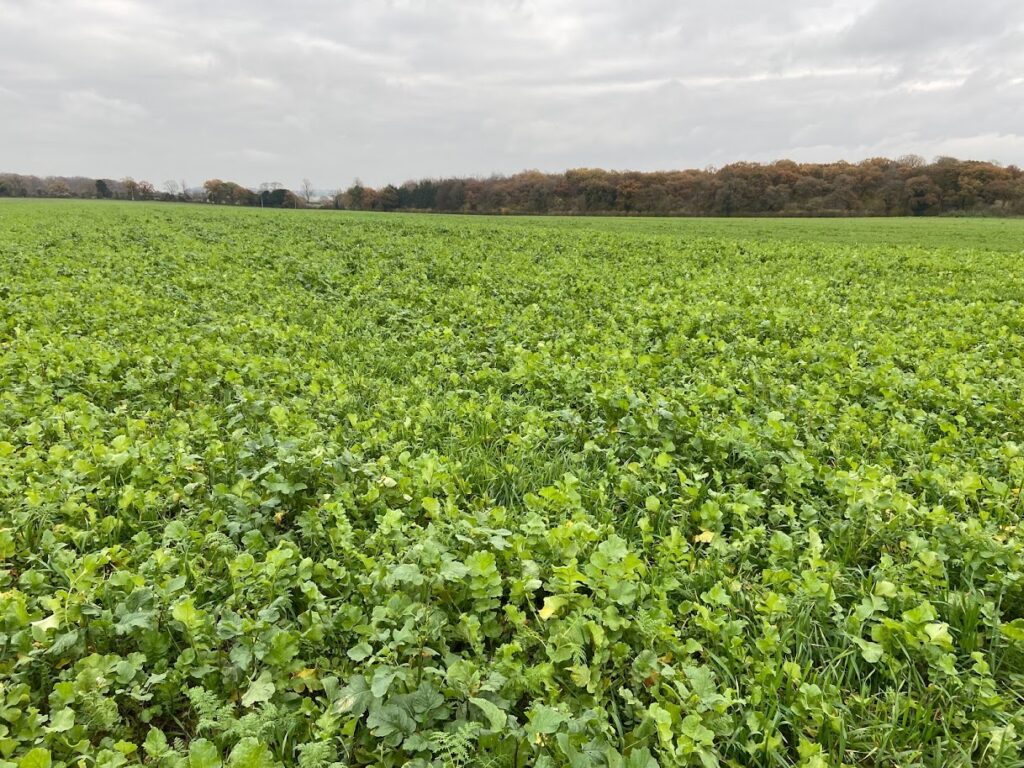Crops and Soils
Soil Trace Element Deficiency May Be Impacting Your Flock
Trace elements are crucial for the health and well-being of sheep, influencing several biological processes essential for growth, fertility, and overall productivity. However, the availability of these elements varies significantly depending on soil type, pH, and drainage. A proper understanding of the soil’s trace element content is essential for managing livestock health, especially since deficiencies…
Hemlock: The Dangers To Livestock And Humans
Hemlock (Conium maculatum) also known as dead man’s fingers, water drop, or poison hemlock is a deadly plant to humans and animals when ingested. Identification Hemlock is part of the carrot family so appears similar to cow parsley and wild carrot. The main difference is the nasty, mousy smell of Hemlock and the distinctive purple…
Field Trialling Sugar Beet in Eastern Scotland
There is an urgent need to find scalable and sustainable biobased feedstocks to replace fossil fuels for manufacturing chemicals and bioplastic products. A previous study, “A Just Transition for the Chemicals Sector and a Net Zero Solution for Manufacturing” (2021), revealed that it would be possible to grow domestic sugar beet to displace a percentage…
Agribusiness News April 2025 – Cereals And Oilseeds
Global Markets Spring weather risks remain a significant influence on global grain markets. As fieldwork advances across the Northern Hemisphere, weather patterns will play an increasingly vital role. In Brazil, April rainfall will be a decisive factor in determining the yield potential of the second corn crop. Elsewhere, the threat of drought or late frost…
Red Clover as a home-grown protein in sustainable sheep systems
Increasing the amount of forage-based protein that can be grown on farm is a key way to address the UK’s protein deficit and reduce reliance on imported protein sources. Forage legumes such as white and red clover are important species in providing sustainability in the sheep sector. This guide will focus on the use of…
The Potential of the Hemp Crop in Scotland
Is the hemp crop about to become mainstream in Scotland? A recent report Advancing a Sustainable Scottish Supply Chain for Industrial Hemp and Co-Products funded by IBioIC and Scottish Enterprise, and delivered by SAC Consulting, identified the potential of this highly versatile crop as a profitable break crop for farmers, as the source of a…
Agribusiness News November 2024: Input Costs – Homegrown Proteins
Over the past few years there has been an increase in the area of protein crops grown to meet the need of livestock. The increase can be put down to a number of factors: Pressure to reduce the use of imported soya and associated carbon footprint; Making the ration more sustainable and reducing the amount…
Agribusiness News November 2024 – Cereals
Scottish Harvest Estimate The first estimate of Scotland’s 2024 cereal and oilseed rape harvest has been issued by RESAS (Rural and Environmental Science and Analytical Services, within Scottish Government). Following industry consultation, total cereal production is expected to remain at around 3.1 Mt, just above the ten-year average. Wheat, winter barley and oilseed rape see…
Manganese – Avoiding Yield Loss In Spring Sown Cereals
Manganese plays a key role within the plant, particularly in the processes associated with photosynthesis. In addition, it helps improve crop establishment and makes the plant more robust, both in terms of resistance to disease and general hardiness. Deficiency is widespread across the country and if left untreated, yield losses of between 30-60% can occur….
The Options For Establishing The EFA-Green Cover Option In A Late Harvest
This article is produced as a part of the FAS Crops & Soils Bulletin. Subscribe now to receive the full report in your inbox monthly. With harvest much later than previous years, this has impacted on growers who intended sowing green cover following harvest as part of their EFA obligations with the 31st October deadline…
- « Previous
- 1
- 2
- 3
- 4
- Next »










